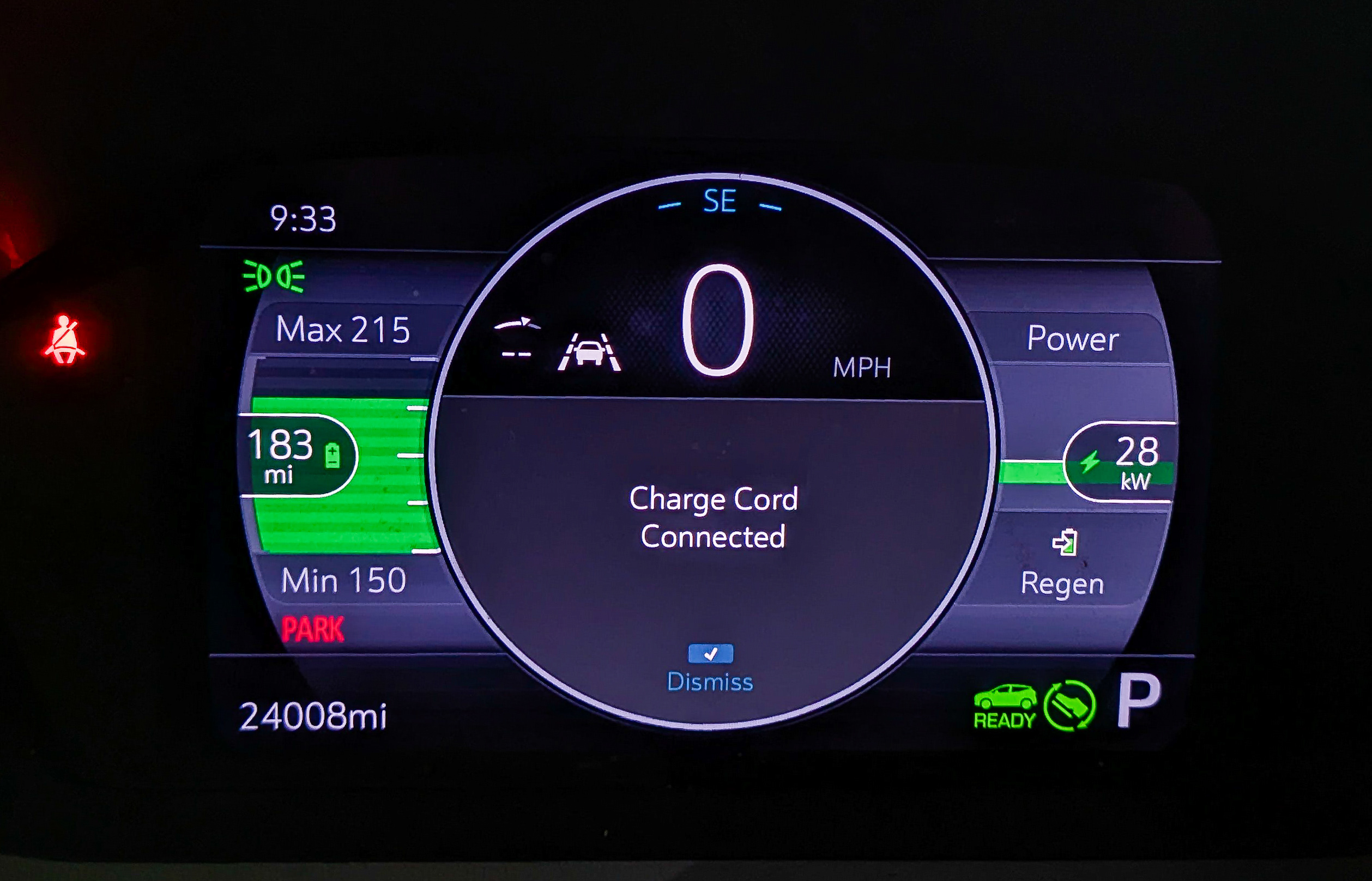Support CleanTechnica’s work through a Substack subscription or on Stripe.
Taking advantage of the surge in EV sales that was definitely going to come from Republicans killing the US EV tax credit, California rose to new heights in the 3rd quarter. The Golden State had 29.1% of its new car sales coming from fully electric cars. That’s a higher EV share than the state has ever achieved.
Remember that by itself, California is one of the largest economies in the world (the 4th largest!), and it’s also a heavily auto-dependent state. So, yeah, Californians buy a lot of cars. In this case, 124,755 fully electric zero-emission vehicles (ZEVs/EVs) were sold in the progressive state.
“This is unprecedented — we’re nearing a third of all new vehicles sold in the fourth largest economy on the planet being clean cars,” said Governor Gavin Newsom, who has made it a habit to humorously troll President Donald Trump on social media lately. “We’re setting new records because this state believes in innovation, not isolation. While Trump sells out American innovation to China, California will keep charging ahead on our path to a future of cleaner air.”
That’s one way to put it.
“This is a defining moment for California’s ZEV progress and sends a clear message to Washington: ZEVs are here to stay,” said California Energy Commissioner Nancy Skinner. “The work and investments by the California Energy Commission (CEC), and its agency and industry partners, to expand the state’s network of EV chargers has resulted in nearly every Californian living within 10 minutes of an EV fast charger. Now, new EV owners can enjoy a great driving experience bidding goodbye to smelly gas stations, messy oil changes, and costly engine tune-ups.”
I totally agree that EVs are here to stay and the EV charging infrastructure California has done makes it much easier to drive an EV for more people and more of the time. However, they nearly skipping over the fact that a surge in EV sales came from Republicans ending EV subsidies, and that the 3rd quarter will not be a new normal (yet), but rather a peak for a little while that will be hard to return to. The 124,755 ZEV sales of Q3 2025 were a 30% increase over Q2’s total.
“While the federal government stumbles backward with reckless rollbacks and short-sighted policies, California charges ahead lighting the path to a cleaner, more prosperous future,” said California Air Resources Board Chair Lauren Sanchez. “From pioneering clean transportation in the 1970s to becoming the world’s 4th largest economy today, we’ve proven time and again that protecting air quality and the climate isn’t just the right thing to do, it’s smart economic policy.”
All true. All true.
The California Energy Commission (CEC), which is the core energy policy and planning agency in California, also highlighted that EV model choice has soared in its jurisdiction. There were 146 different ZEV models on the market in the 1st quarter of this year, which is even up considerably from the 1st quarter of 2024, when 105 ZEV models were on the market.
California continues to innovate and lead on policy, and it just recently took another step forward by requiring a certain level of EV charging station reliability. “On October 8, 2025, California became the first state in the nation to adopt EV charger reliability and reporting regulations, laying the foundation for charging station reliability across the nation,” the CEC highlights. “The regulation will not only improve the reliability of publicly funded fast chargers but also enable accurate reporting on EV chargers operating in California.”
Additionally, last week the commission gave its stamp of approval to a couple more big charging station projects that were part of the National Electric Vehicle Infrastructure (NEVI) Formula Program. These projects will provide another 64 fast chargers in high-traffic areas of the state. Furthermore, “the CEC approved three grants totaling more than $10 million, which will build out more than 1,000 Level 2 EV charging ports, the vast majority in low-income, disadvantaged, or affordable multifamily housing complexes throughout the state.” And they approved funding for the repair of 30 publicly accessible non-operational EV chargers and the installation of 30 new fast chargers in those locations. (Is there anything the state isn’t doing to speed up the EV transition?)
The agency also reminds us that “grants and rebates for thousands of dollars are available for low-income Californians to purchase ZEVs” can be found at ClimateAction.ca.gov and ElectricForAll.org.
The CEC did finally provide a brief note to acknowledge the role of expiring EV subsidies in the Golden State’s latest EV sales surge. However, they were keen to put more emphasis on the enabling infrastructure and why it’s easier than ever to go electric in California. And I can respect that. “While qualifying for federal ZEV incentives contributed to the sales spike this quarter, becoming an EV driver in California is increasingly getting easier. There are now over 200,000 publicly accessible EV charging stations statewide. Chargers can be found at grocery stores, park and ride lots, and even gas stations, whereas shared chargers can be found at apartment complexes, workplaces, doctors’ offices, sports facilities, and other parking areas that may have some level of restricted access. This statewide network of public and shared private chargers is in addition to the estimated 800,000 EV chargers installed in single-family homes,” the agency noted.
“California is tearing down barriers to ZEV deployment, speeding up ZEV charging station installations, and deploying infrastructure in hard-to-reach and low-income areas.” Indeed! California continues to lead on electrification, and it’s unlikely that will change anytime soon since the state is heavily controlled by Democrats, who are clearly much more focused on climate action, energy efficiency, and energy independence. When will the state rise to 30% EV share of sales? Who knows, but I think it could actually happen within the next year. With growing model choice and word of mouth, even without the big US EV incentives, more and more people should be buying electric vehicles. There are also models now that compete quite well with heir gasoline competitors on upfront costs, and then also offer big operational financial savings. EVs should be able to outcompete stinky gas cars for a large portion of the market’s buyers, and the more EV models are introduced to the market in vehicle classes that have been neglected, the more EV market share will rise — without a doubt. Go on, California, keep showing us the way forward and get to 50% EV share of new car sales quicker than laggards and skeptics think possible!
Sign up for CleanTechnica’s Weekly Substack for Zach and Scott’s in-depth analyses and high level summaries, sign up for our daily newsletter, and follow us on Google News!
Have a tip for CleanTechnica? Want to advertise? Want to suggest a guest for our CleanTech Talk podcast? Contact us here.
Sign up for our daily newsletter for 15 new cleantech stories a day. Or sign up for our weekly one on top stories of the week if daily is too frequent.
CleanTechnica uses affiliate links. See our policy here.
CleanTechnica’s Comment Policy




